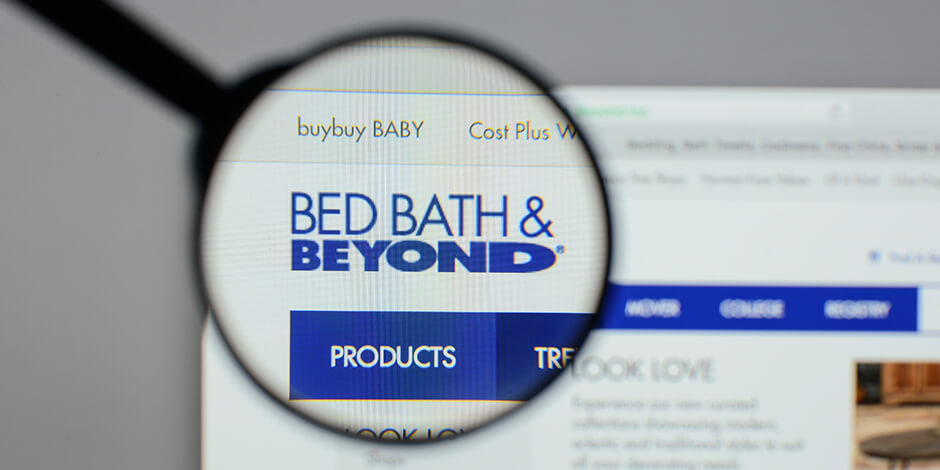The long, sad saga of Bed Bath & Beyond’s slide from innovative retailer to struggling is an object lesson about what happens when successful companies lose their visionaries and their visions.
Revenue (12-months trailing), which peaked in 2018 at about $12.5 billion, has withered to about $7.4 billion today. The company’s market cap has also cratered. From a share price that was nearly $80 in 2015, the stock now trades around $5. A major restructuring or a bankruptcy seems inevitable.
Although BBBY is an extreme example, similar worries are gathering around companies like Apple and Amazon, whose visionaries have moved on, taking with them the excitement and energy that made them undisputed leaders in their categories.
The latest news from BBBY includes the sacking last month of its CEO, Mark Tritton, who had been recruited in 2019 from Target. Tritton’s hire was to be a rescue mission. He came with marketing credentials, but apparently without the necessary skills or vision required to pull the company out of its dive.
Tritton was hired to replace the previous CEO of BBBY, Steven Temares, who had also been sacked. Although Temares had been with the company in various managerial roles for three decades, he was first a real estate lawyer.
All this turmoil becomes astonishing when you consider that, from its first big launch in 1985, BBBY had grown to become one of the country’s largest retailers, credited with being among the first so-called big box stores and a true category killer. BBBY crushed much of the existing specialty home goods industry, family-owned regional retailers of white goods and accessories.
BBBY’s history is similar to that of other success stories, starting with founders Warren Eisenberg and Leonard Feinstein. Each had a decade’s worth of experience in retailing when they started the company in New Jersey. Their shared vision was a home goods emporium heavy on variety and inventory, with aggressive pricing, and customer centric.
According to an article that appeared in home goods trade journal HFN in 2010, BB&Y succeeded, “by making ordinary household products seem exciting, even romantic. … The company strove to build word-of-mouth by advertising through a unique combination of family atmosphere and attentive customer service.”
That other vision-driven powerhouses like Apple or Amazon or Tesla could suffer a similar fate is unimaginable. But the elements are in place and worth watching.
Amazon has effectively lost its visionary, just as the company confronts profound threats in nearly every aspect of its retailing operations. Within months of Jeff Bezos’ departure from the CEO post, Amazon posted (Q1 of 2022) its first quarterly earnings loss in eight years and the slowest quarterly year-over-year growth in decades.
Apple faces a similar dilemma with a similar set of facts. Although founder and CEO Steve Jobs died 12 years ago, his chief design visionary, Jony Ive, stayed on. Ive left Apple in 2019 and since then analysts have been watching to see if the company can still innovate and delight new generations of customers. Although Apple shares are only off their peak by about 10%, analysts have been cutting their earnings forecasts.
I believe business is a combination of unique skills and traits that include the creative as well as the data driven. One does not usurp the other, they must co-exist like they did in the brain of Steve Jobs or Warren Buffett. Hard to replicate if not impossible, but I believe if you are heavy on one side, you should invest heavier on the other. At this stage most companies are still over indexed on one side…and it’s NOT the data.

















